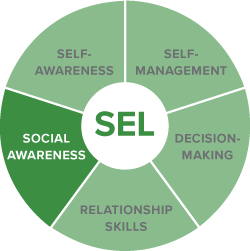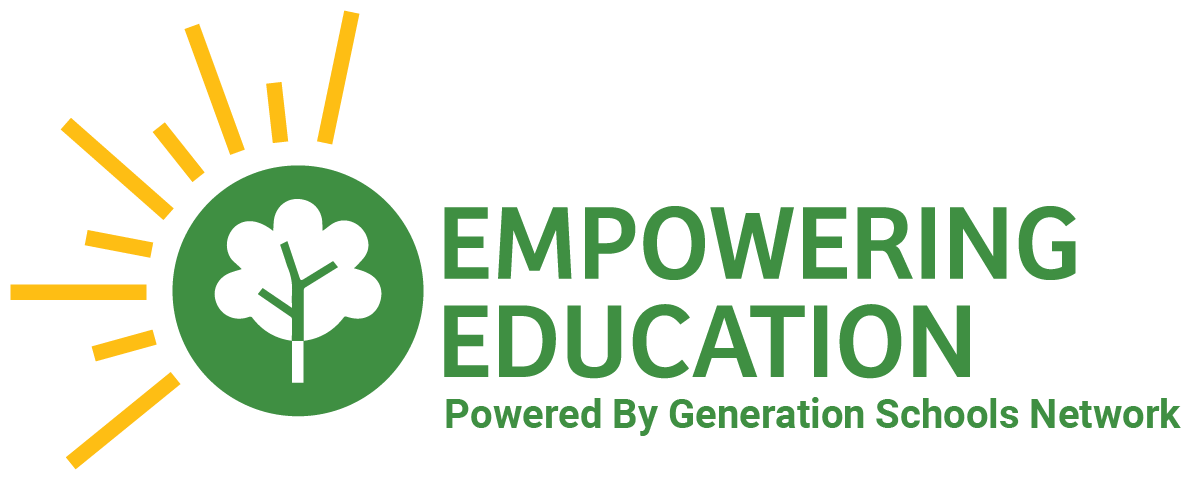Locked Content
Unlock this lesson plan by becoming a paid member. Existing members, please log in.
Students will learn the difference between fairness and equality.
By the end of the lessons, students will be able to:
- Differentiate between fairness and equality
- Acknowledge their own experience with privilege
A common refrain in school classrooms is, “That’s not fair!” Whether over sharing materials, games at recess, or time spent with a teacher, students’ attachment to fairness can present a significant obstacle when classroom teachers are not equipped to coach students through the nuances of fairness and equality. This week’s lesson will help students understand that fair is not always equal.
The lesson starts with a mindful moment in which students breathe in and out while rolling their shoulders. The introductory activity then splits the class in half with each receiving the same task. However, one group’s task gets more support than the other, providing an experiential introduction to fair vs. equal. The terms are defined and discussed through their own classroom context. Students then participate in a quick activity in which they are told to stay in their seats and throw a crumpled piece of paper into the recycling bin. This activity leads to a class reflection on fairness, equality, and privilege. Students end by writing a personal reflection in their journals on the topics of equality, fairness, and privilege in their own life.
This lesson requires a good amount of modifications. After the Mindful Moment, start with showing the video found under lesson variations.
Then define terms as a class.
- Fairness: Impartial treatment without favoritism or discrimination.
- Equity: The quality of being fair and impartial.
- Equality: The state of being exactly the same.
- Privilege: A special right or advantage available only to a particular person or group.
This important topic can be challenging to teach. For that reason, we have added in big points to discuss found in the activity section of the lesson plan for you to review and discuss with your students.
After terms are defined, consider using open-ended questions to spark student discussion such as:
- What do these terms mean to you personally?
- Do you think everyone in our world has the same opportunities?
- What situations might someone be born into that would make it more difficult for them to be successful?
- How do you see fairness and equality in our world, school, community?
- What are some of the privileges you have?
Finally, show the images under lesson variations (found at the end of the lesson plan and in the slides) and discuss them as a class.
After the terms are defined, show the images under lesson variations (found at end of the lesson plan and in the slides). Leaving the image on the screen, have students write a reflection on what they mean to them.
CASEL Competencies
Social awareness: The abilities to understand the perspectives of and empathize with others, including those from diverse backgrounds, cultures, & contexts. This includes the capacities to feel compassion for others, understand broader historical and social norms for behavior in different settings, and recognize family, school, and community resources and supports.


